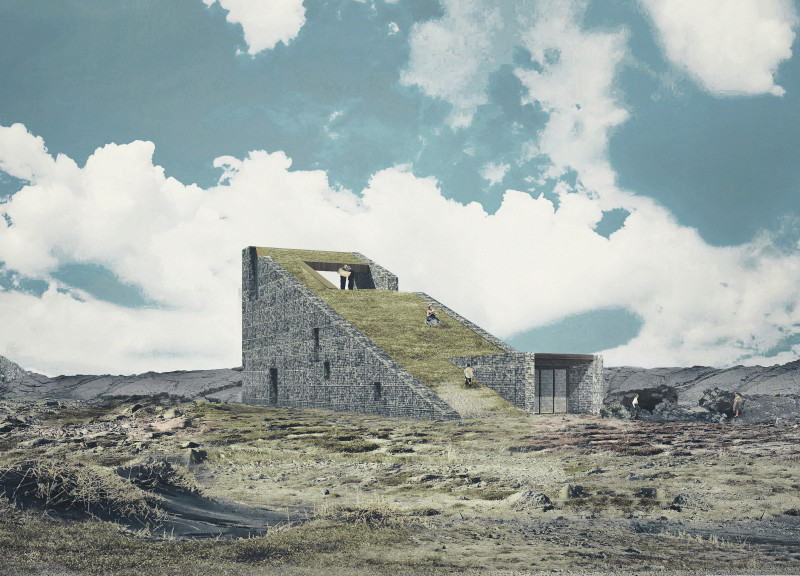5 key facts about this project
Architecturally, this project emphasizes a relationship between the built environment and natural surroundings. The design incorporates large windows and open spaces that invite abundant natural light, fostering a connection to the outdoors while enhancing interior comfort. The layout is designed to encourage community engagement through shared spaces such as gardens, terraces, or recreational areas, fostering social interaction. These elements not only elevate the user experience but also imbue the space with a sense of unity and belonging.
One of the notable aspects of this project is its commitment to sustainability. This is evident through the carefully selected materials, which ensure durability while remaining environmentally friendly. The use of locally sourced materials such as wood, concrete, and steel not only honors traditional construction techniques but also minimizes the project’s carbon footprint. Additionally, innovative systems for rainwater harvesting and energy-efficient technologies contribute to its sustainability goals. These features are integrated seamlessly into the architectural design, reflecting a modern approach that prioritizes ecological considerations without compromising aesthetic appeal.
The materials used in the project play a critical role in establishing its character. For example, the warm tones and textures of wood create inviting interiors, while the use of glass provides transparency and openness, allowing the surrounding landscape to become part of the internal experience. This careful selection of materials is complemented by the thoughtful detailing of surfaces and finishes, which contribute to the building's overall cohesiveness and tactile quality.
Unique design approaches are also evident in the project’s exterior façades, which employ a combination of textures and patterns to create visual interest while responding to climatic conditions. This not only reinforces the building's identity but also enhances its performance against weather elements. The integration of shading devices, overhangs, and green walls reflects a modern understanding of passive design techniques that contribute to energy efficiency.
The architectural plans of the project demonstrate a clear organizational strategy, dividing spaces according to their functions while maintaining fluidity between public and private areas. Architectural sections reveal the careful consideration given to scale and proportion, ensuring that each space is both inviting and functional. The layout is intuitive, guiding users through the building in a way that promotes exploration and engagement with the environment.
Ultimately, this project encapsulates the essence of modern architecture by merging aesthetic appeal with practicality and sustainability. Its focus on community, environmental responsibility, and architectural cohesion results in a design that is not only visually compelling but also deeply functional. For those interested in gaining deeper insights into the architectural ideas and design strategies employed, exploring the architectural plans, sections, and designs will provide a thorough understanding of the project’s complexities and innovative solutions.


























